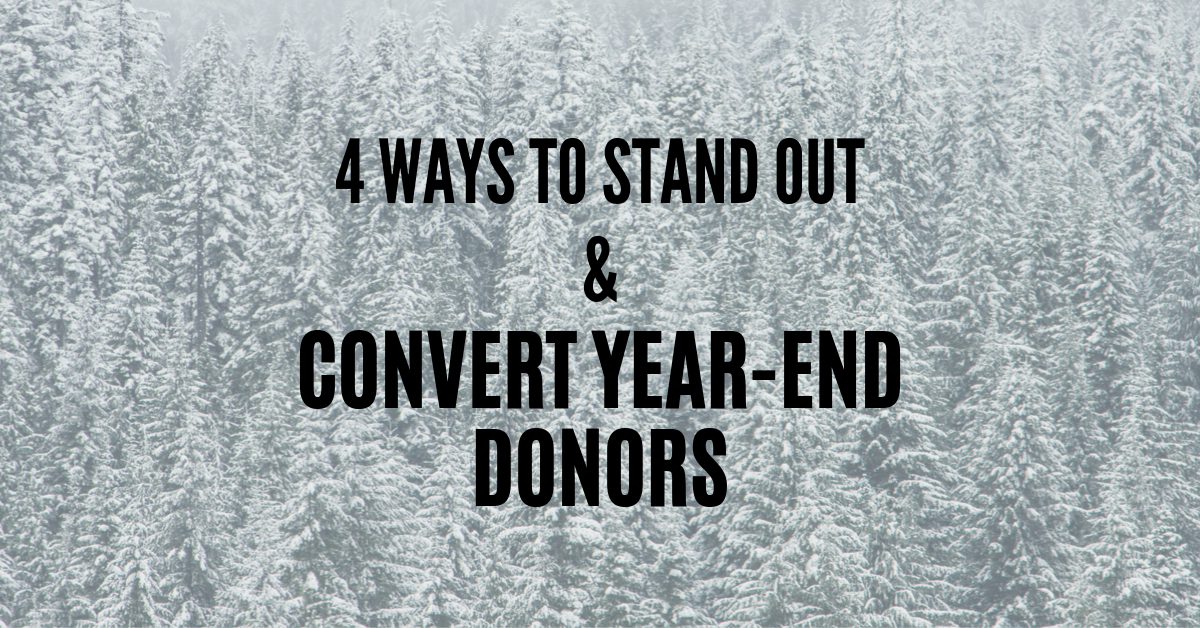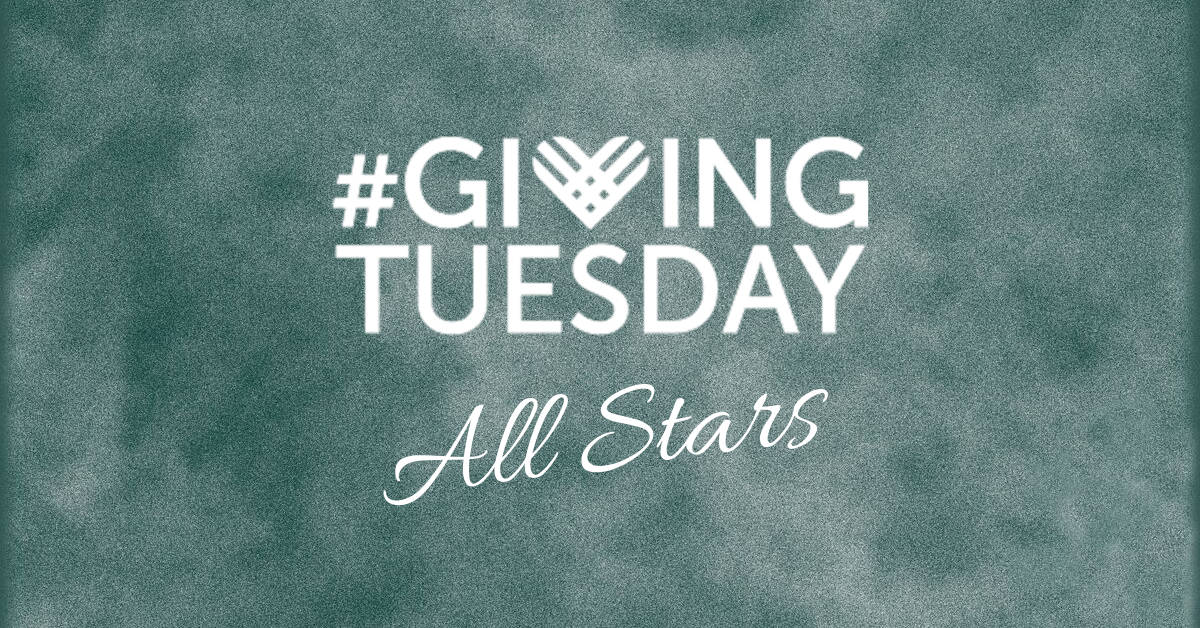min read
Here we are, on the brink of a new calendar year: 2020. What lies ahead?
It’s a time to both enhance your tried and true fundraising practices as well as experiment with a few new ideas and see what resonates with your alumni and donors. In addition to all the progress you’ll make from behind your desk, you’ll also carve out time for some good old fashioned professional development.
So, it’s time to take out the calendar folks (or open GoogleCal), decide which advancement conferences you’ll be attending in 2020, and gear up!
Maybe you’ll dive headfirst into one of the massive CASE district conferences this year. Or maybe you’ll attend a smaller, more targeted conference such as a Meeting of the Minds. Or maybe you’ll stick with your peers at a conference based upon your institution’s affiliations (looking at you ICAA and SUNY CUAD).
Whatever the case (no pun intended) may be, conferences are truly a powerful way to sharpen your skills and strategies, to pick up new tips and tricks, to learn from industry leaders, and, most importantly, to build your network.
So, as you embark on the new year and prepare for the upcoming conference season, I want to share some tips and ideas for both newcomers and seasoned veterans to get the most out of advancement conferences in 2020.
Think Small But Mighty

I want to start with a universal piece of advice for both newcomers and vets.
Between the keynote speeches and the breakout sessions, the networking, and the vendor conversations, it’s easy to leave a conference feeling completely overwhelmed and even discouraged. You may think, “Of course, Example Institution can do that, they have a massive budget and an outstanding percentage of engaged alumni!” or “Wow, so and so’s stewardship program is so robust and effective, how do I even begin to implement that at my school?”.
To help relieve those conference anxieties, I want to introduce you to the Small but Mighty’s (SBUTs).
These SBUTs are the smaller, more concrete takeaways from conferences that you can implement immediately when you return to the office. Examples could include:
- A new digital stewardship piece
- A giving day postcard
- An Excel formula
All of these are smaller, digestible tips and tactics that can make a big difference in your day-to-day. Keep a running list of these throughout the conference, revisit them when you’re back in the office, and share them with your colleagues and VP to illustrate the conference’s ROI.
In addition to SBUTs, sessions and keynotes can certainly help you build a vision for the future.
Jim Langley of Langley Innovations says:
“Seek out authentic sustainable practices because they will distinguish and sustain your career and your spirit.”
Be aware and conscious of (1) what you can do tomorrow and (2) where you want yourself and your department to be in 2-3 years. Notice trends, ask about the steps someone took to achieve success, and be inquisitive!
Use Your Greatest Resource: Attendees!

My best conference memories come from the conversations I’ve had outside of the keynotes and sessions.
Of course, there’s great information to gather from any conference presentation, but I believe that the heart of any conference is the attendees. For those of you that are new to the field of advancement, this is your opportunity to seek out some of the most talented, innovative, and intelligent minds in the industry and pick their brains.
Erika Moeschke, Director of Annual Giving at Olivet Nazarene University, puts it perfectly:
“Work on identifying a network of seasoned peers that you can lean on for support, ideas, and advice. Having people that you can draw on for help when you need fresh content is extremely helpful. We work in an industry of ‘helpers’ and using that to our advantage is key. Try calling, texting, or emailing a peer to help brainstorm an idea you may have or listen to their experience to help bring it to fruition.”
For those of you that have attended conferences over the past decade or two, it’s your opportunity to continue building your network. To trade ideas with a fundraiser from a school’s leadership giving program that you admire.
The resources are endless and it’s up to you to take advantage.
Jim Langley states:
“Don’t just hobnob with your peers; seek out new practitioners and ask them what they find rewarding and discouraging, hopeful and terrifying. Share with them how you navigated the most difficult moments of your career and what you would do differently if you were starting over.”
I suggest taking a look at the entire list of attendees before the conference starts and make a shortlist of those you want to connect with. Send them a LinkedIn request or an email and see if you can schedule a coffee meeting or find a few minutes during one of the breaks to chat.
Conferences are all about learning from the best and brightest, exchanging ideas, and expanding your network – set a goal for yourself, walk away with 3-5 new connections – both new friends and new mentors.
Step Outside Your Comfort Zone

In my last fundraising role, I attended a conference with two of my colleagues. The three of us attended morning sessions together and ate lunch as a small group. Heading into the afternoon, I had a familiar restless feeling that I was not using my time wisely.
I made the conscious choice to break away from our cohort and engage with other attendees. I made a point to introduce myself to the person I was sitting next to in a session. I even showed up to a session 5 minutes early and intentionally sat in the same row as someone to ensure a conversation.
This helped shed the feeling of not getting the most out of my time there and helped me expand my network.
If you’re attending a conference with a larger group of colleagues, make the conscious decision as a team to break out of your comfort zone and meet new people.
You don’t necessarily need to go rogue and introduce yourself to every single person during the cocktail hour, but maybe bring a buddy with you, find another pair of folks chatting, and introduce yourselves.
Everyone is there to network, but not everyone is comfortable with or even good at breaking the ice and making the first move. Does it sound like dating? Yes, yes it does.
Walk on the Wild Side: Talk to Vendors

I know. This can be comparable to actively engaging in a conversation with your aunt who loves talking politics during the holidays or striking up a conversation with a friend of a friend at a party who’s just a little too into CrossFit.
Yet, unlike that aunt or Cross Fit enthusiast, vendors are there to help you – to exchange ideas and give feedback.
Even if you’re not in the market to buy matching gift software, for example, but you have a question about how to gather employer information from a donor, stop by the company’s booth and ask. Yes, you may hear a sales pitch, but you’ll also get some useful information in exchange.
These vendors work with hundreds of institutions across the country. They are the keeper of the best practices “keys” from a wide range of industry peers. The keys are free – go grab ‘em!
Trust me, they’ll be thrilled that you stopped by. To be more effective, check out the conference website, see who’s sponsoring, and make a shortlist of stops and questions before you leave the office.
Jacqueline Eovitch, Manager of Alumni Relations and Advancement Special Projects at Wilkes University recommends vendor discussions because:
“You never know where a random connection could lead. In today’s world, sponsors and exhibitors are looking for experts in their field and they could be looking to recruit. Chatting with someone new might just lead to your next job opportunity!”
At the end of the day, there’s more to Vendors than a stamp on your opening night bingo card!
See the City!

As you network, ask if your new friends if they know of any dinners or happy hours that are happening that night.
Often times, vendors will host such events and they are a great way for you to not only get a free drink and meal and have some built-in, more relaxed networking but also to see the city.
I always try and leave the hotel to get a meal or have a drink just to soak in a tiny bit of the place I’m visiting – if it’s my first or 10th time. Redding Terminal in Philly was a block away from the conference hotel during CASE II this year. Long story short, I consumed one too many DiNick’s sandwiches during the conference.
See the city and have fun!
There ya have it, folks! I hope this serves as a useful guide when planning and prepping for 2020 conferences. Thanks for reading!
Kevin Tellie is a VP of Digital Fundraising at Community Funded and works with higher education institutions around the country to help achieve their annual and online giving goals and develop new fundraising strategies. Prior to joining the Community Funded team, Kevin worked in frontline fundraising for two Chicago-based nonprofits, Common Threads and NoStigmas, and taught religious studies at Cristo Rey Jesuit High School.








